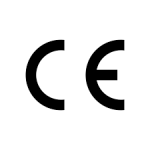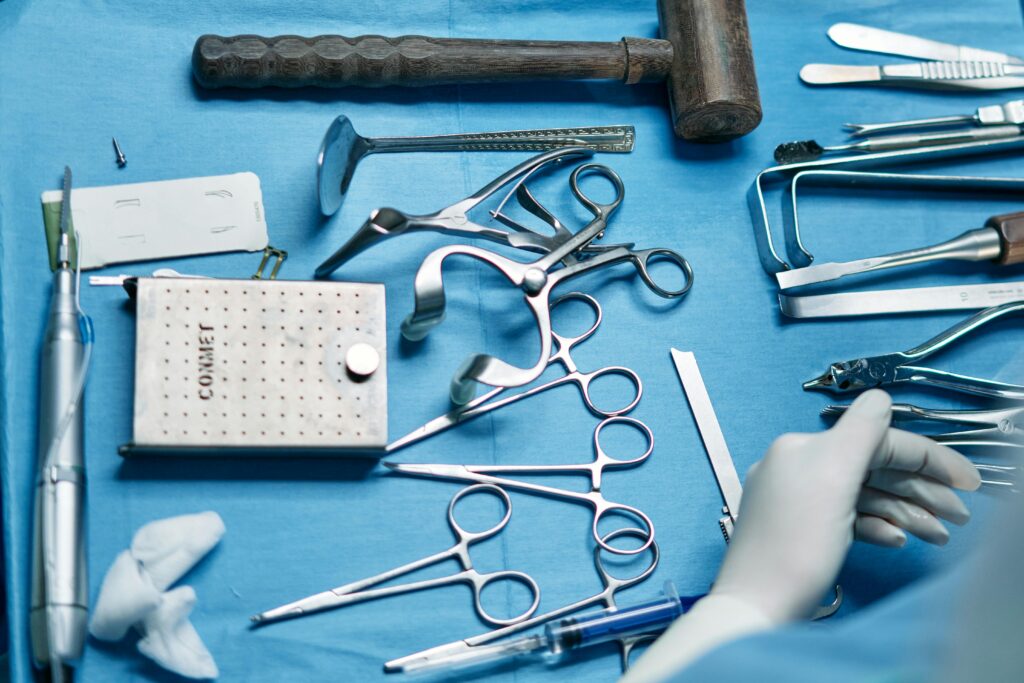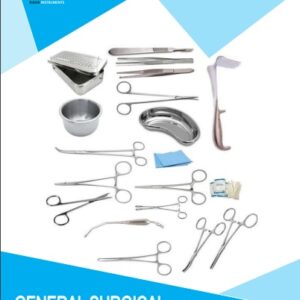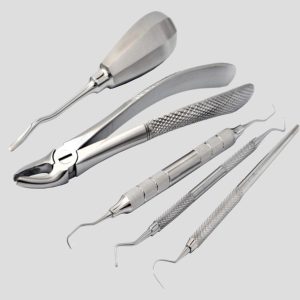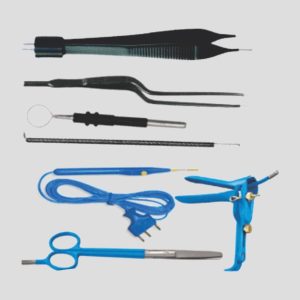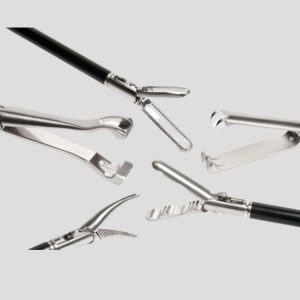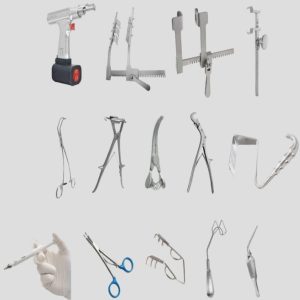A laparoscopy procedure looks inside your pelvis or stomach with minor damage. Doctors use laparoscopies to identify health problems or do surgery. Laparoscopic surgery is one such treatment which a doctor performs with the help of laparoscope. It is usually safer than regular surgery since it hurts less. In this surgery, long laparoscopic instruments that look like pencils are into minor cuts in the abdominal wall instead of the significant cuts that are necessary for open surgeries.
List of major laparoscopic instruments and its different applications
Most of the time, high-quality stainless steel is available to make laparoscopic tools because it lasts a long time. So that they can fit inside laparoscopic holes, all instruments have very thin shafts. Most of the time, sizes are between 3 mm and 10 mm. Different tips are suitable to work with the tissue. Alongside different handle styles help to rotate, grab, and lock in a specific way. A laparoscope is a thin telescope with a video camera and a cold light source. It is often available at best with other laparoscopic tools. Inert gases, such as carbon dioxide, are used to inflate the abdomen. This makes the working field bigger by separating the organs from the abdominal wall.
Laparoscope
Surgical scopes are one of the oldest tools that doctors have used since the beginning of time. Modern surgical laparoscopes used for minimally invasive treatments are very different from the first ones. These are just hollow tubes that, over time, got lenses to help the surgeon see better. These days, scopes are more like machines with many parts, such as a CCD camera, a watching device, a lens cleaner, and a device that provides power.
Needle driver
Laparoscopic doctors use a needle holder to keep suturing needles in place while they close wounds. To close wounds and surgery cuts, you must make slip-knots very well. Because tissues have “memory,” they don’t like being deformed; suturing can be hard. There are three parts to a needle holder: the jaws, the joints, and the handles. The type of tool is based on whether the jaws are straight or curved.
Trocar
Along with the probe, knife, and cannula, the trocar is one of the oldest tools doctors have used. It looks like a pen and has a sharp point in the shape of a triangle. Usually, trocars are put inside hollow cannulas and into body openings to help drain fluids. These days, trocars are popular as the thin cannula which a doctor use during the surgery. During keyhole surgery, these tools are handy. Surgical trocars are best to insert tools like knives and graspers.
Gut grasper
Fewer cuts are available when bowel surgery is performing away through gut grasper. The graspers are move out through cuts that are typically no more than 5 mm wide. One benefit of laparoscopic graspers is that they allow the surgeon precisely grab and move tissue in the belly without having to cut the abdomen open. The graspers make observing, cutting out, and doing biopsies easier.
Hernia mesh
A hernia mesh is an implant device that acts as a framework for your tissue to grow. This makes the area stronger. The mesh itself doesn’t offer much support. In the end, your tissue is what repairs happen. Surgical mesh comes in many different types that can be used to fix hernias and other problems with the frame of the body.
Is a laparoscopy a major surgery?
Laparoscopy is a minimally invasive surgery, but that doesn’t always mean it’s a small operation. Many surgeries on the abdomen can be done with laparoscopy, but they are still extensive surgeries. Your doctor can tell you if your treatment is a significant surgery, how to prepare for it, and what to expect while healing. It is always a best option to consult with the doctor before a treatment starts off. Learn about all the risks, part of it after the surgery ends.
What is the difference between laparoscopy and laparoscopic surgery?
A laparoscopy and laparoscopic surgery are the same thing. Your doctor doesn’t look for health problems; instead, they use a laparoscope and medical devices to work on your internal systems. The two words are often used to refer to the same thing. Doctors use an endoscope for many routine surgeries. Standard “open” surgery through a bigger cut may be needed for more complicated conditions. But more and more daily surgeries are being done with laparoscopic surgery instead because it costs less and results are better.
How does this surgery work?
You’ll lie on the operating table with your head lower than your feet and a slight tilt. Your doctor will put you to sleep with general anesthesia so that you don’t feel any pain during surgery. After that, your doctor will make a small cut near or under your rib cage. A gas tube will be put into this cut so your belly can get gas. Your organs are easily seen on the monitor after the area is pumped with gas.
The laparoscope is put in after the gas tube is taken out. They might make cuts nearby and then insert surgical tools to take tissue samples or do surgery. After the surgery, your doctor will close your cuts and let the gas out of your body. Most of the time, a diagnostic laparoscopy takes an hour to thirty minutes. Depending on how bad your situation is, laparoscopic surgery can last anywhere from one to three hours. If the surgeon can’t do the surgery safely with laparoscopy, they might have to switch to a more traditional open treatment with a bigger cut.
Conclusion
One great thing about laparoscopy is that it doesn’t require any cuts or stitches. Instead, it lets your doctors see what’s happening inside your body. They can do many things through those small holes, but not all of them. They might find something that needs a bigger treatment sometimes. In most cases, though, your doctor can fix your problems with this limited surgery and best medical devices Pakistan.

